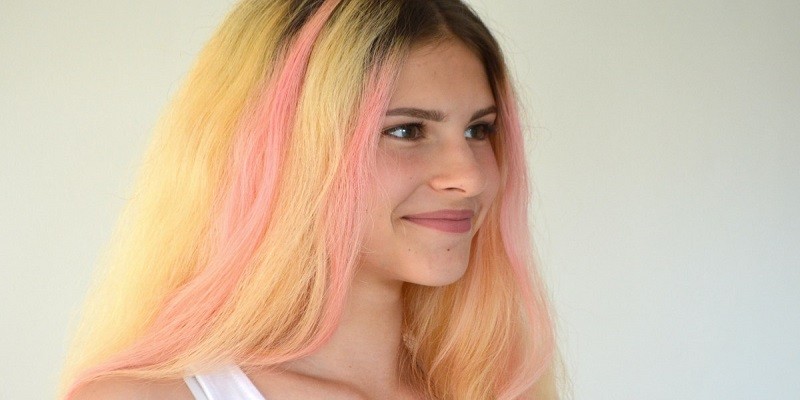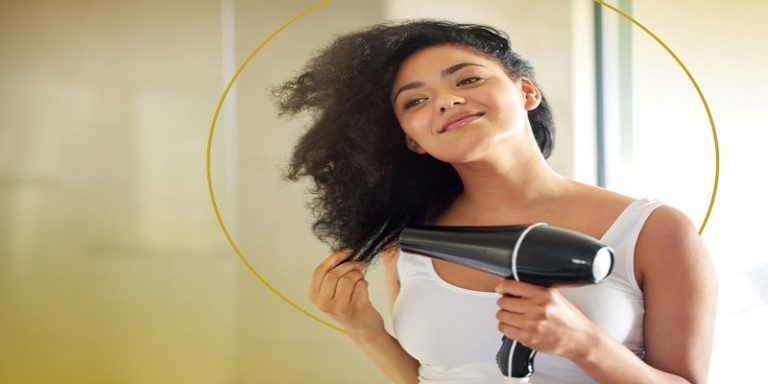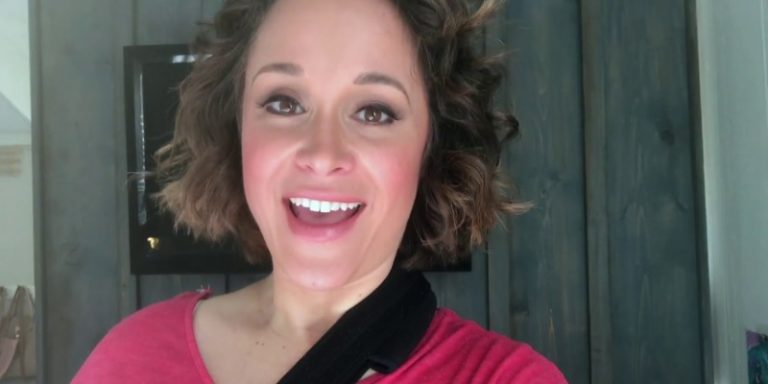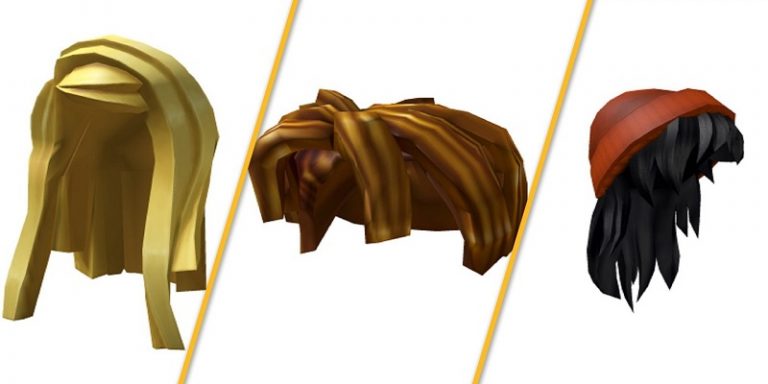How To Prevent Hair Dye From Bleeding Into Blonde?

Last Updated on June 18, 2025 by Jaclyn A. Neeley
Hair dye bleeding is a common issue, especially when dealing with vibrant colors and blonde hair. The contrast between the colors can make any bleeding particularly noticeable and undesirable. This article will provide detailed strategies and tips to prevent hair dye from bleeding into blonde hair, ensuring that your colors remain vibrant and distinct.
Hair Dye Bleeding
Hair dye bleeding occurs when the dye from one section of hair transfers to another, often during washing or rinsing. This is particularly problematic with bright or dark colors and blonde hair, as the lighter color can easily pick up unwanted hues. The primary causes of hair dye bleeding include:
- Water Temperature: Hot water opens the hair cuticles, allowing dye to escape and mix with other sections.
- Improper Rinsing: Not rinsing the hair thoroughly can leave excess dye that bleeds during subsequent washes.
- Product Use: Certain shampoos and conditioners can strip color or cause it to bleed.
- Hair Porosity: Highly porous hair absorbs and releases dye more easily, leading to bleeding.
Pre-Dyeing Preparations
Before applying hair dye, there are several steps you can take to minimize the risk of bleeding:
- Clarifying Shampoo: Use a clarifying shampoo to remove any buildup from the hair. This ensures that the dye adheres evenly and reduces the risk of bleeding.
- Protein Treatment: Apply a protein treatment to strengthen the hair and reduce porosity. This helps the hair hold onto the dye better.
- Barrier Cream: Apply a barrier cream or petroleum jelly around the hairline and on the ears to prevent dye from staining the skin.
During the Dyeing Process
When dyeing hair, especially when using multiple colors, careful application and handling are crucial:
- Sectioning: Divide the hair into sections and apply the dye to each section separately. Use foils or plastic wraps to keep the sections apart and prevent the colors from mixing.
- Application Technique: Apply the dye starting from the roots and working towards the ends. Ensure even saturation to avoid patchiness and bleeding.
- Timing: Follow the recommended processing time for the dye. Over-processing can cause the dye to bleed more easily.
Rinsing the Dye
Proper rinsing techniques are essential to prevent hair dye from bleeding:
- Cold Water Rinse: Rinse the hair with cold water. Cold water helps to close the hair cuticles, trapping the dye inside and preventing it from bleeding out.
- Separate Rinsing: If you have multiple colors, rinse the darkest color first. This prevents the darker dye from bleeding onto the lighter sections.
- Gentle Handling: Avoid vigorously scrubbing the hair while rinsing. Gently run your fingers through the hair to remove the dye.
Post-Dyeing Care
After dyeing, proper hair care can help maintain the color and prevent bleeding:
- Color-Safe Shampoo and Conditioner: Use products specifically designed for color-treated hair. These products are formulated to be gentle and help preserve the color.
- Avoid Hot Water: Continue to wash your hair with cool or lukewarm water. Hot water can open the cuticles and cause the dye to bleed.
- Dry Shampoo: Use dry shampoo between washes to reduce the frequency of washing and minimize color bleeding.
- Hair Sunscreen: Apply hair sunscreen to protect the color from UV rays, which can cause fading and bleeding.
Additional Tips and Tricks
Here are some additional tips to further prevent hair dye from bleeding into blonde hair:
- Vinegar Rinse: Rinse the hair with a mixture of vinegar and water. This helps to close the cuticles and set the dye, reducing bleeding.
- Protein Conditioner: Use a weekly protein conditioner to strengthen the hair and reduce porosity, which can help prevent dye from bleeding.
- Avoid Over-Washing: Limit the frequency of washing your hair. Overwashing can strip the color and cause it to bleed.
- Protective Measures: Use old towels, clothing, and bedding until the color stops bleeding to avoid staining surfaces.
Troubleshooting Common Issues
Despite taking precautions, you may still encounter some issues with hair dye bleeding. Here are some common problems and solutions:
- Persistent Bleeding: If the dye continues to bleed after several washes, consider using a color sealer or lamination spray to lock in the color.
- Staining on Skin: If the dye stains your skin, use hand sanitizer or a paste of baking soda and dish soap to remove the stains gently.
- Mixed Colors: If the colors mix and create an unwanted hue, you may need to reapply the dye to correct the color. Ensure to follow all the preventive measures during the reapplication process.
Conclusion
Preventing hair dye from bleeding into blonde hair requires careful preparation, application, and post-dyeing care. By following the steps outlined in this article, you can maintain vibrant and distinct colors, ensuring that your hair looks its best. Remember to use cold water, color-safe products, and gentle handling to minimize the risk of bleeding. With these tips, you can enjoy your beautifully dyed hair without the worry of unwanted color transfer.
FAQs
How to stop hair dye from bleeding out?
To stop hair dye from bleeding, use cold water when washing your hair, as it helps close the hair cuticle and trap the color inside. Avoid frequent washing and use sulfate-free, color-safe shampoos. Applying a color gloss or sealer can also help lock in the color and prevent bleeding. Additionally, avoid excessive heat and direct sunlight, which can cause the dye to fade and bleed.
How to split dye hair without bleeding blonde?
To split dye hair without bleeding into blonde sections, use a barrier like Vaseline or conditioner along the part line to prevent dyes from mixing. Apply foil or plastic wrap to separate the sections during the dyeing process. Rinse each side separately with cold water to avoid color transfer. Using a clear toner on the blonde area can also help reduce porosity and prevent bleeding.
How can I dye my hair multiple colors without bleeding?
When dyeing hair multiple colors, section your hair carefully and use foils or plastic wrap to keep colors separate. Apply conditioner or Vaseline to areas you want to protect from dye. Rinse each color separately with cold water to prevent bleeding. Use color-safe shampoos and conditioners to maintain the vibrancy and prevent colors from mixing during washes.
How can I rinse hair dye without causing it to bleed?
To rinse hair dye without causing it to bleed, use cold water, which helps close the hair cuticle and lock in the color. Rinse each section separately if you have multiple colors, starting with the darkest shade. Avoid scrubbing or agitating the hair excessively during rinsing. After rinsing, apply a color sealer or gloss to help lock in the dye and prevent future bleeding.
Are there specific techniques for washing colored hair to prevent bleeding?
Yes, to prevent bleeding, wash colored hair with cold water to close the cuticle and trap the dye. Use sulfate-free, color-safe shampoos and conditioners. Wash your hair less frequently and use dry shampoo between washes to maintain cleanliness without stripping color. Avoid using hot water and excessive heat styling, as these can open the cuticle and cause the dye to bleed.






